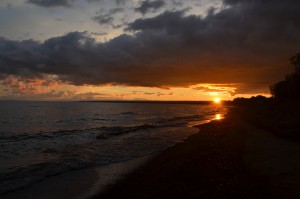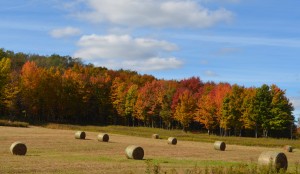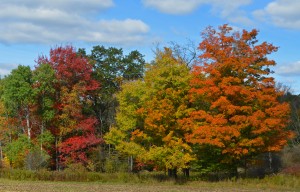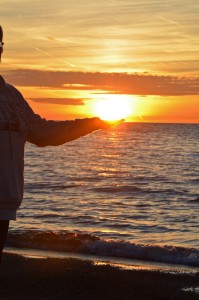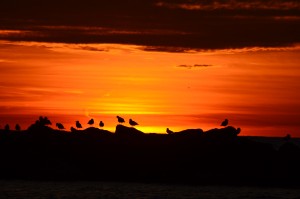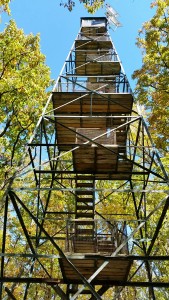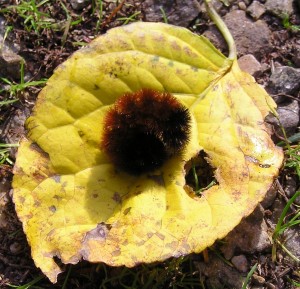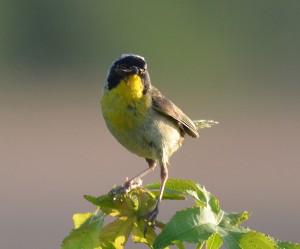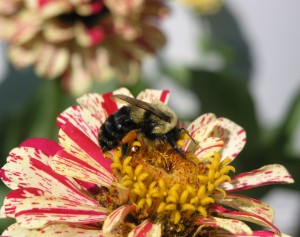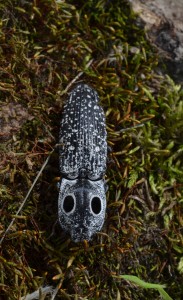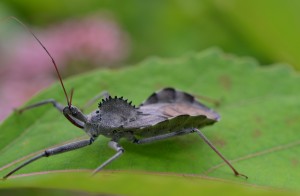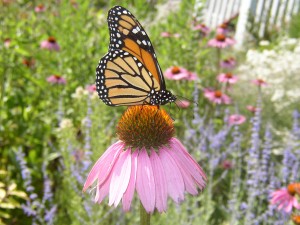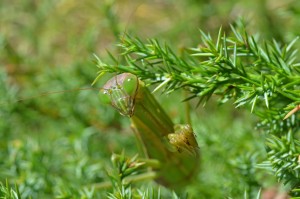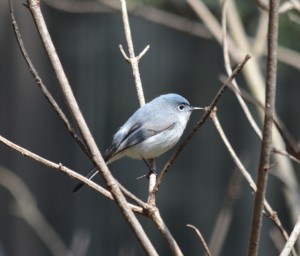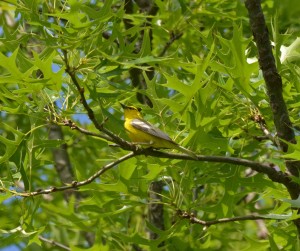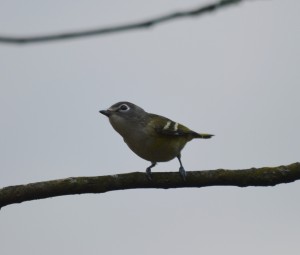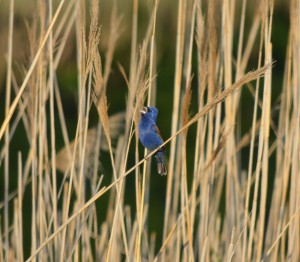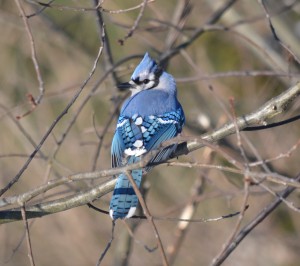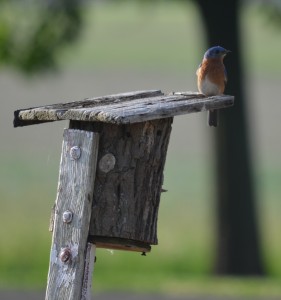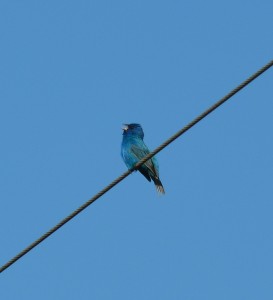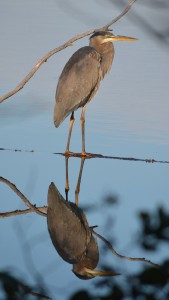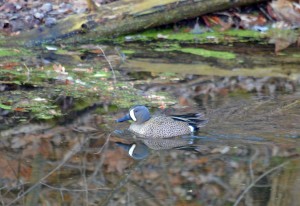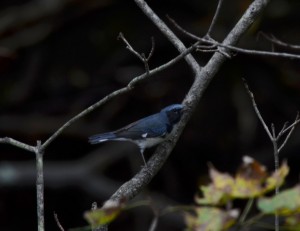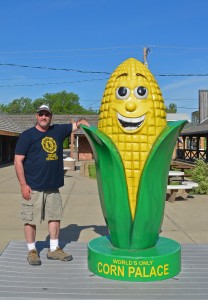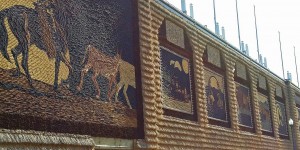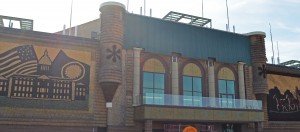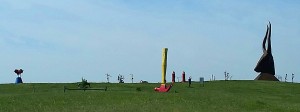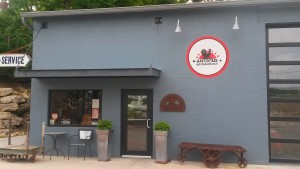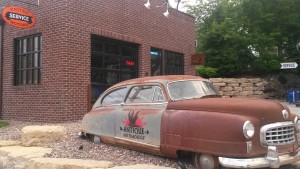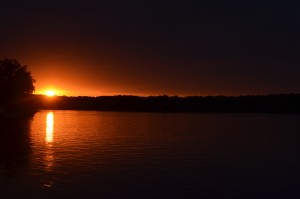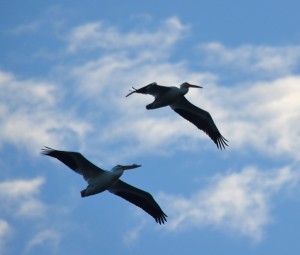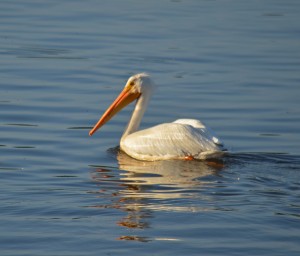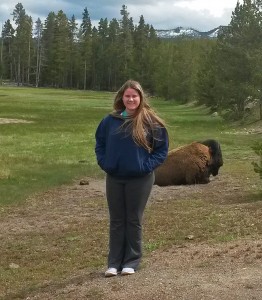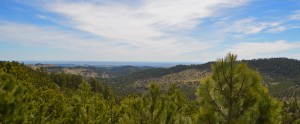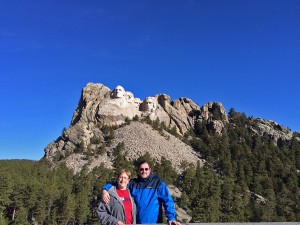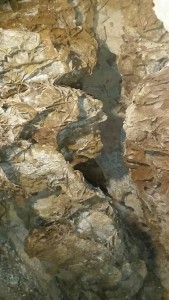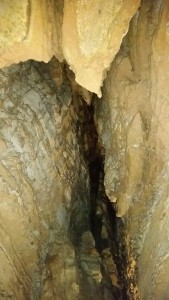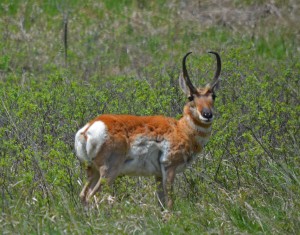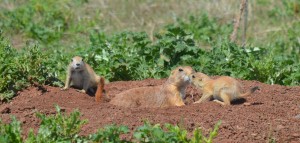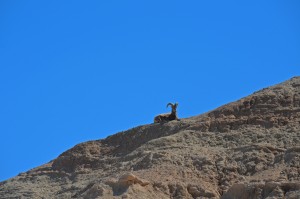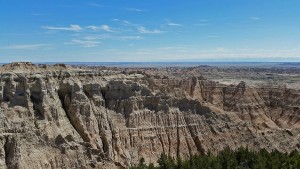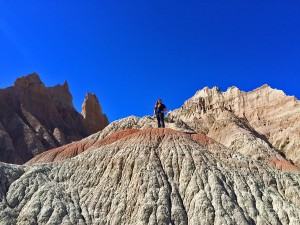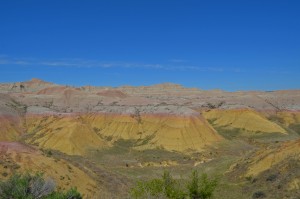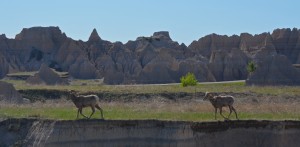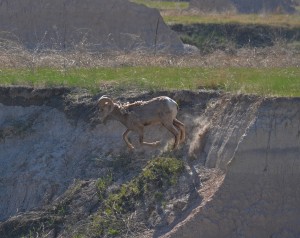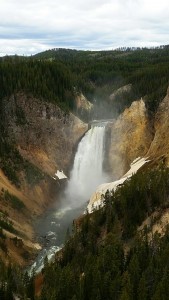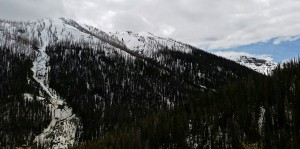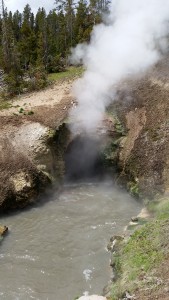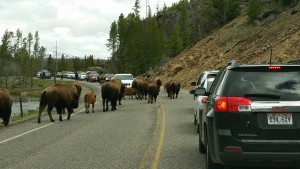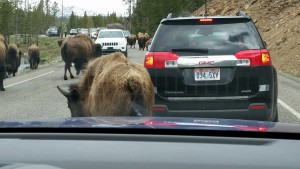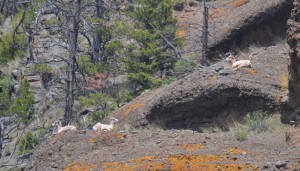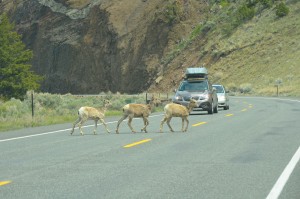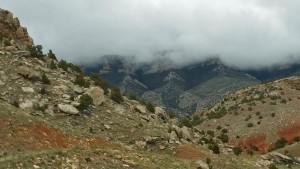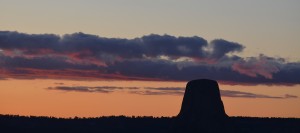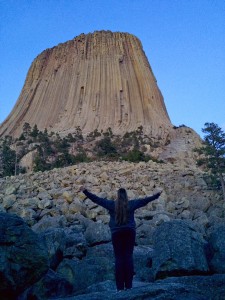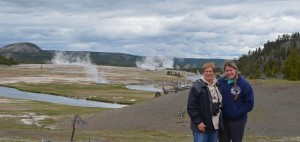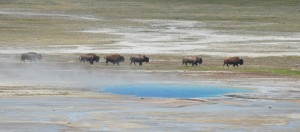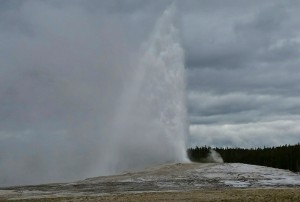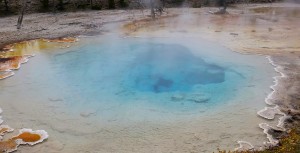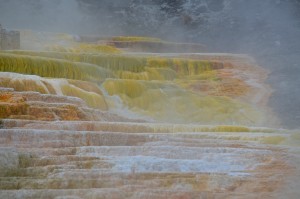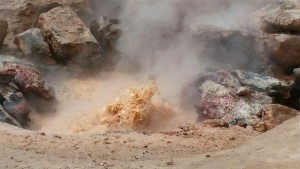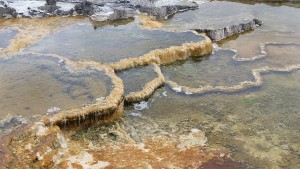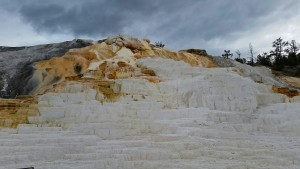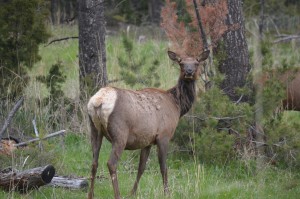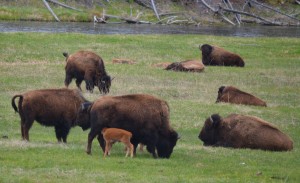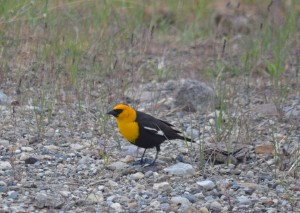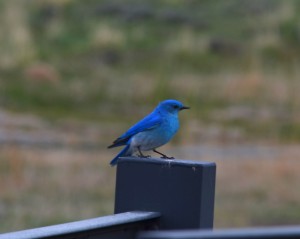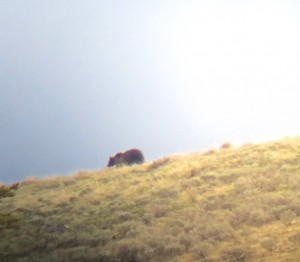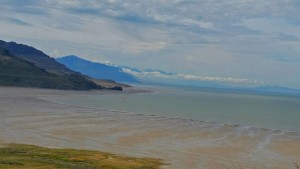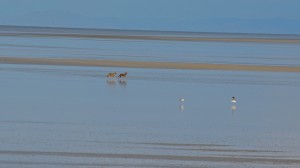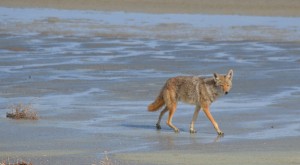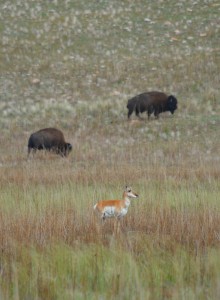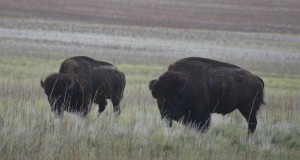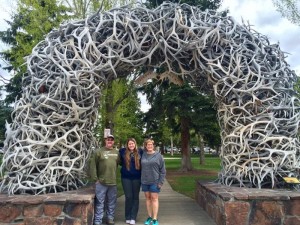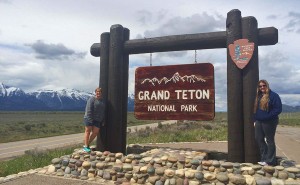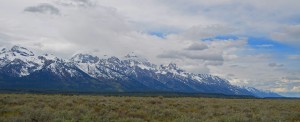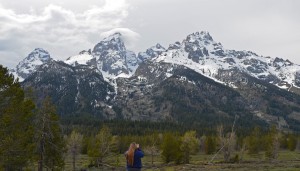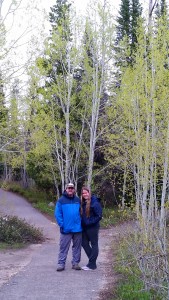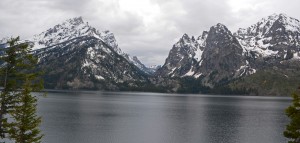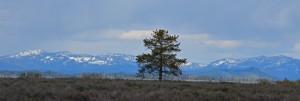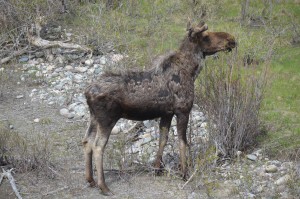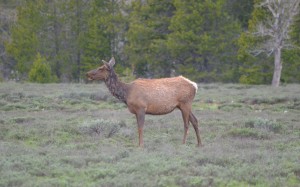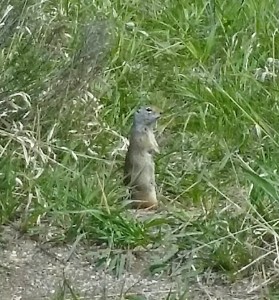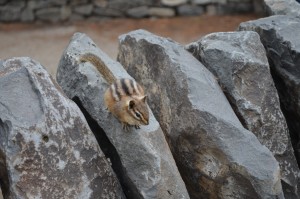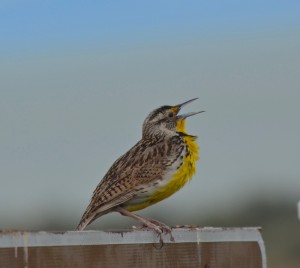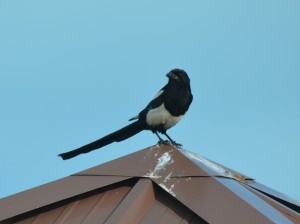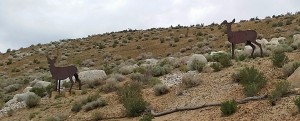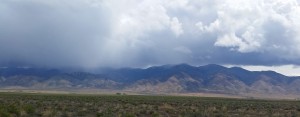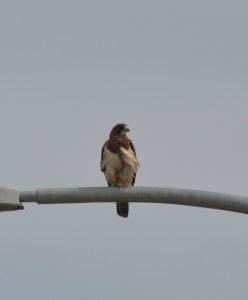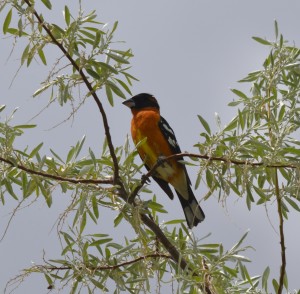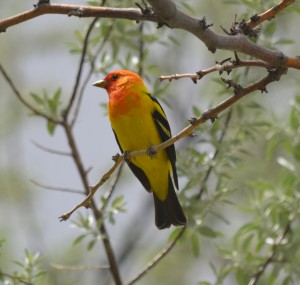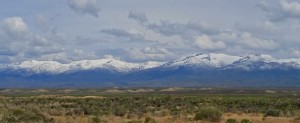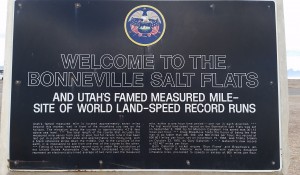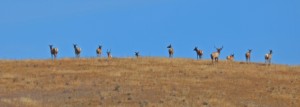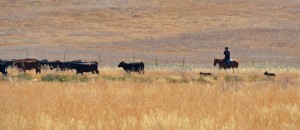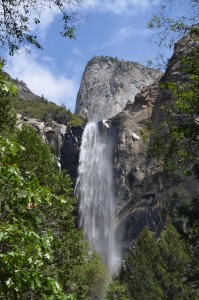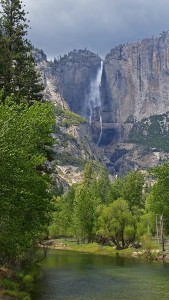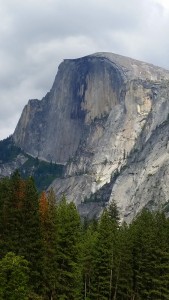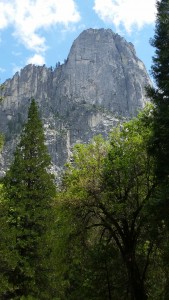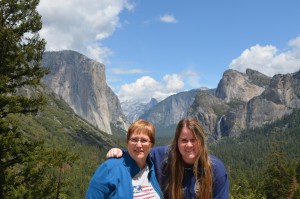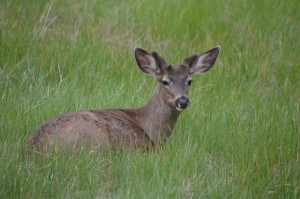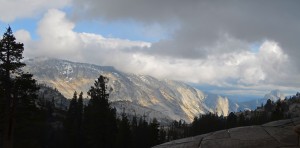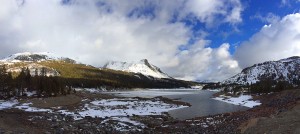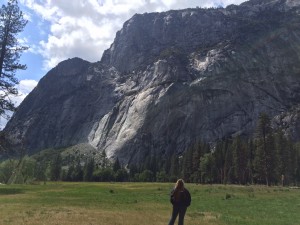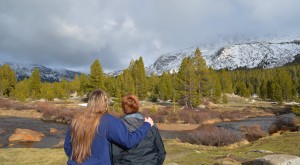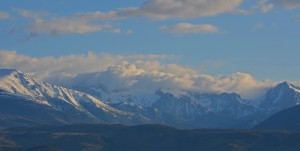It’s been about 7 months since the last time Theresa and I jumped in Big Blue and traveled northwest to Erie, to visit Presque Isle State Park. This time around it was 40 degrees warmer. There was no snow on the ground and Lake Erie was ice free. The trees had leaves that were finally beginning to show their true colors and many of the summer birds were still hanging around. Winter at Presque Isle was harsh, but still striking under a blanket of snow and ice. Autumn at Presque Isle is even more special, with cool nights, warm days, colorful landscapes and sunrises and sunsets that still invite visitors to stroll the beaches.
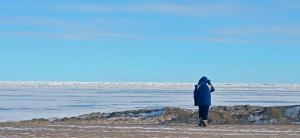
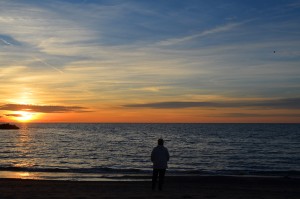
October is a time of transition in nature, a time of stunning changes and a time when plants and animals begin preparing for the long, dormant period. It’s no different on Presque Isle, a unique 3,200-acre peninsula that sticks out into Lake Erie, and hosts Pennsylvania’s only “coastline.” One of PA’s most visited state parks, Presque Isle invites people to boat, swim, fish, hike, bicycle and go birding-one of the reasons we ventured nearly 400 miles from our home in southeast PA. The park has tallied over 300 bird species and is rated as one of the top birding spots in the country. Due to its location in Lake Erie, it serves as an important resting area for many songbirds migrating south in the fall from Canada, where, after their long journey across the lake, they “plop” down on the first piece of land they come to-Presque Isle. In addition, many species of waterfowl and gulls migrate past the park as they fly east to west, along the Great Lakes. In the spring, the park and surrounding waters abounds with birdlife once again as their routes are reversed on their northbound migration. Our weekend total species count for Presque Isle (and surrounding areas) was 72 species. Not too shabby for only birding a few hours each day!
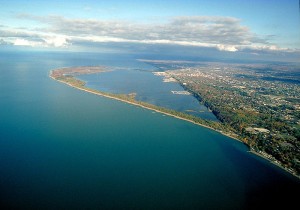
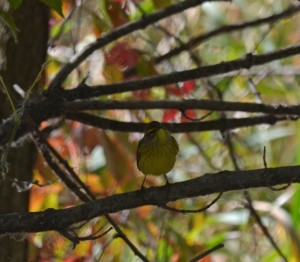
We didn’t limit our Northwest Pennsylvania trip to just Presque Isle. Before arriving in Erie, we made a stop at Pymatuning State Park to see the famous spillway, where’s there so many Carp that “ducks walk on the backs of the fish!” Visitors from several states come to this odd tourist attraction to feed loaves and loaves of bread to the begging fish, along with ducks and seagulls. It’s a weird, but funny scene, to see thousands of fish lips sticking out of the water as if to say “feed me, feed me!”
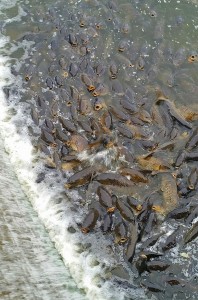
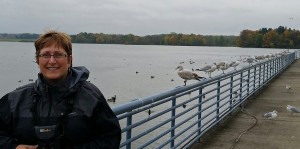
After checking into our hotel and grabbing a bite to eat, the sun began to set, preparing us for our final outing of our first evening-a night hike at Erie Bluffs State Park. We arrived to find a dozen brave souls gathered in the parking area chatting with a Park Ranger, as 20 mph winds howled from the west. Not the best conditions for a nocturnal interpretive walk, but we were determined to give it a go. As we moved down the path from fields to forest, I was glad I threw in a couple flashlights to guide our “challenging” route. The many, hidden tree roots seemed to grab your feet with each step. If it wasn’t for a couple large oaks growing right next to the trail that acted as bumper guards for me, I would have flopped off into the mysterious darkness along the way. We picked our way out to the bluffs, where wicked gusts of wind almost blew us off the 50’ drop-offs! We were having fun now!
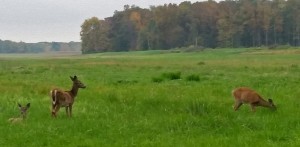
The next day we woke early, chugged some coffee, grabbed a couple muffins and headed out in the pre-dawn hours to Presque Isle SP to meet Jerry McWilliams. Jerry has been surveying water birds at PISP as a volunteer since 1987. Almost every day, from late August to early January he parks himself at Sunset Point and scans the horizon for ducks, gulls and any other birds that fly toward, over, or past the peninsula. The data he’s collected shows some important population changes in certain species over the past 28 years. We were rewarded with our early departure for one of the most amazing sunrises we’ve ever seen! After watching the lake for an hour and half, Theresa and I said farewell to Jerry and decided to take a hike on one of the trails to check out some of the fall migrants. We saw lots of warblers, thrushes, kinglets, sparrows and plenty of Blue Jays. The weather was clear, sunny and warm-a gorgeous autumn day! We spent the remainder of the day checking out the North Pier and North Pier Lighthouse, directly across from the City of Erie. After grabbing a sandwich at the local Sheetz (there’s a lot of Sheetz in NW PA-even more than our Wawa’s in SE PA), we changed our scenery and headed inland, toward Warren County, attempting to find some fall colors to photograph. We ended our enjoyable day the same way we had started it, by watching the sun, as it set over the gentle rolling waves of Lake Erie.
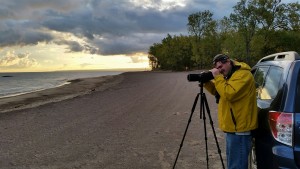
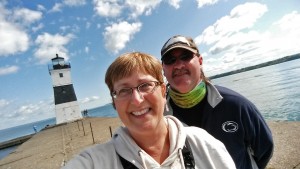
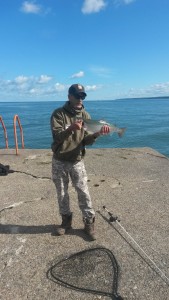
As we loaded Big Blue for our trip home, we detoured a bit south to find a few elusive Sandhill Cranes in Lawrence County, then stopped for a visit at Cook Forest State Park in Clarion County-home to an amazing old growth stand of Hemlocks and White Pines. The forest is designated as a National Natural Landmark. We even challenged ourselves to climb the old, 87’ tall fire tower that overlooks the entire Clarion River Valley. It was a very uneasy climb up this tower built in 1929! I’m not sure my legs ached afterwards because of the climb up 7 flights of creaky wooden steps, or sore from my nervous legs shaking all the way up and all the way back down! It was hairy, and upon returning to solid ground, Theresa commented that I looked like I was dazed walking back the trail.
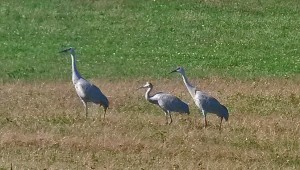
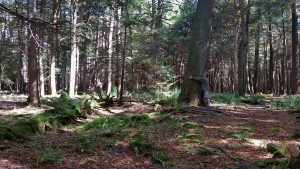
Northwest Pennsylvania is a great place to visit, especially if you enjoy the outdoors. There are many parks, forests and waterways to enjoy, miles of trails to explore, and of course, the shores of Lake Erie as it molds the majestic landscape of Presque Isle! We will be back!
